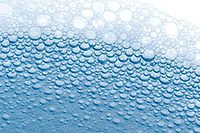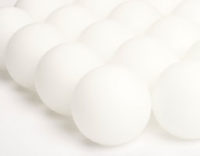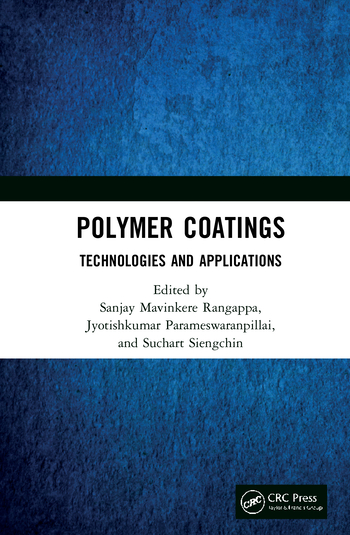Environmental Challenges Demand New Color Solutions
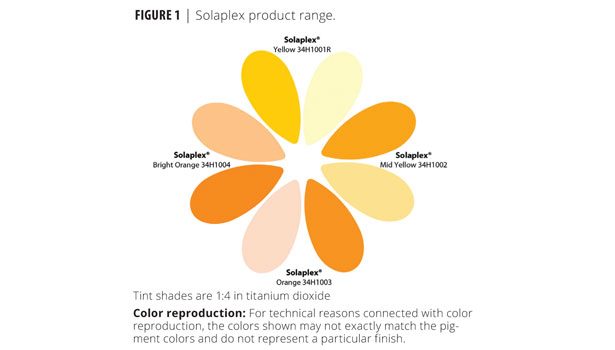

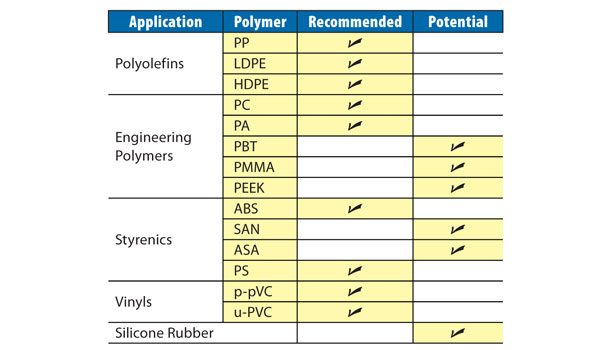
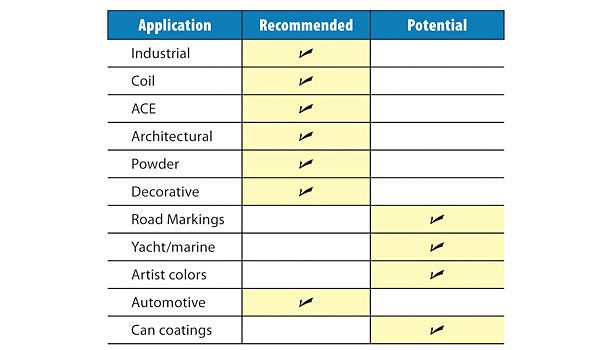




The increasing pressure placed on the use of metals through legislation and risk assessment has significantly affected the way in which color targets are achieved. Colorists are more restricted than ever and are concerned about impending legislation limiting color choice, particularly where there are long lead times between design and production.
Bright yellow, orange and red shades are particularly challenging, with reformulation moving away from cadmium pigments and lead chromates within the plastic and surface coating markets. Customers face the challenge of matching traditional color targets with alternative pigment systems, while remaining competitive and protecting their margins. Inevitably, the attractive bright shades are the most difficult to reformulate, since heavy metal formulations often come hand-in-hand with color brilliance, technical performance and ease of use.
Reformulation is, therefore, more than just a color issue. High performance is of paramount importance to many plastic and surface coating industries, where pigments must endure harsh environments during processing or usage. The pigment itself often acts as a functional component, protecting and prolonging the lifetime of the coating.
A good example of pigment functionality is in urban developments, where exterior coatings used in construction often contribute to the Heat Island Effect, in which the metropolitan area is significantly warmer than its surrounding rural areas because of its poor reflectivity. Minimum reflectivity requirements are being stipulated in building regulations to minimize the negative effects caused by disturbances to air currents, as well as energy consumption in terms of air conditioning costs and regular replacement of low-pitched or flat roofs. The demand for high-performance reflective pigments is growing in this area.
Pigment Options
Pigment suppliers have developed their own approach to the problem, but all are working within the confines of the traditional pigment types available. All approaches have their own advantages, but no single pigment appears to be meeting every need. Is there room for another pigment type in the raw material palette? Rockwood Pigments believes there is.
Lead chromates have been predominantly replaced by organic/inorganic pigment blends. This is being accelerated by the inclusion of these pigments as SVHC (substances of very high concern), and likely phase out is expected by 2015. In most cases, organic pigments are combined with titanium dioxide, mixed metal oxide titanates, yellow iron oxide, or a combination, to impart opacity to the coating or polymer. Due to the low color strength of the inorganic component, high organic pigment loadings are usually required to achieve bright colors.
The overall performance of these formulations is determined by the organic component selected. From our observations, the following problems may be encountered, particularly for high-performance applications:
• The heat stability of the organic component may not be sufficient, particularly for engineering polymers (ABS, PEI, PEEK, PA, PBT, PC) or dark-colored coatings where heat build up may generate high temperatures in use;
• The chemical resistance of organic colorants may not always be adequate for reactive polymers, for example, polyamides, acid-catalyzed systems or coatings exposed to acid environments;
• The high oil absorption of the organic pigment may present rheology problems in coatings when high loadings are used to achieve bright yellow color targets;
• Organic pigments can be prone to migration, bleeding and warpage; and
• Conventional inorganic pigments lack color brightness and intensity and, therefore, color options are restricted for brighter shades.
Organic pigment producers continue to work on brighter colors with improved performance and hiding power, and several new developments have been introduced recently. On the inorganic side, bismuth vanadate is a popular choice. Although attractive from a color perspective, options are limited in single pigment formulations; bismuth vanadate is often combined with organic pigments to achieve the full range of colors from yellow through to red. In general, the redder the color target, the higher the organic pigment loading required, increasing the cost and probably compromising on performance. Bismuth vanadate is weatherfast and opaque to UV light, but may exhibit thermal and chemical stability problems in very challenging applications.
In summary, there is a gap in the high-performance yellow-orange color space.
Innovative Colors
Rockwood Pigments’ Solaplex® range (Figure 1) offers unique color properties, exceptional performance and the excellent durability associated with our Colourplex® range of mixed metal oxides. Solaplex pigments offer environmentally acceptable solutions at an affordable price, in the challenging yellow-orange color space.
Solaplex pigments are a new chemistry offering an environmentally acceptable alternative to pigments that contain cadmium, lead, chromium, nickel, antimony and molybdenum. The chemistry falls within the rutile tin zinc family of compounds and the CI reference number, Pigment Yellow 216.
Unique Color Space
Solaplex pigments lie in a completely unique color space, with a color shade and intensity between lead chromates and conventional titanates.
The pigment range has been extended to include the Bright Orange 34H1004 grade, which is redder and significantly stronger in tint than the existing 34H1003 grade. This new product enables Rockwood to extend its color range further into the red-shade area of this challenging yellow-to-orange color space.
Applications
Prior to the launch of the Solaplex range, a significant amount of testing was performed and presented to demonstrate how robust these pigments were in terms of gloss retention, weathering, temperature and chemical resistance. In all cases, Solaplex pigments matched the performance of the established pigments, and in at least one aspect, the performance of Solaplex pigments was superior to each of the established color types. These pigments have greater color brightness than titanates, are more chemically and thermally resistant than bismuth vanadate and are more durable than organics (Figure 2).
As internal testing predicted, Solaplex pigments are suitable for even the most demanding applications in coatings, plastics and artist colors. The universal nature of Solaplex pigments means that all parts can be colored with the same pigment system, reducing color variation and metamerism.
Environmentally Friendly
Solaplex technology offers an environmentally friendly alternative to cadmium and lead-containing pigments. They are not classified as hazardous under either CHIP3 2002 or CLP 2008 legislation, and the attendant EU directives and regulations (67/548/EEC, 88/379/EEC, 1272/2008/EC), neither are they classified as “special waste.”
Solaplex pigments comply with TSCA, with some restrictions, and the European Guideline for Indirect Food Contact (AP (89) 1) and Toys Test for Plastics (EN71: Part 3), based on the analysis of typical batches. Additionally, food contact notification is in progress via the FDA.
Summary
The Solaplex range of pigments offers new color options, affordable and robust for any application, complementing and enhancing the formulator’s raw material palette.
For more information, visit www.solaplex.com.
Looking for a reprint of this article?
From high-res PDFs to custom plaques, order your copy today!




